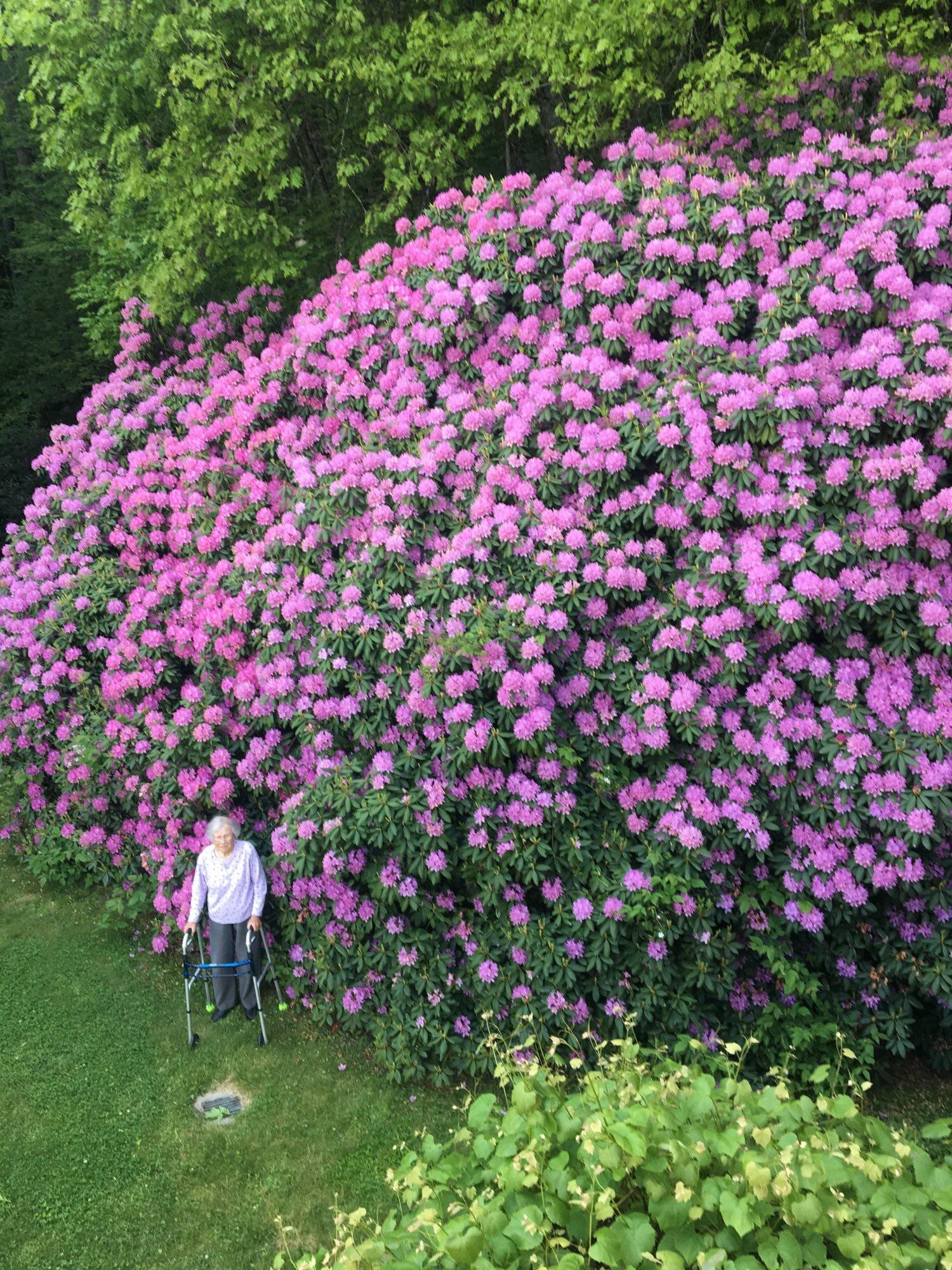a neighbor’s rhododendron: old wisdom vs. new trends
When I walk past Mrs. Carter’s front yard every spring, I’m swept back to my childhood. Her massive rhododendron, with its wild pink blooms, looks just like the ones my grandmother tended with loving hands. Back then, gardening was about patience and tradition—waiting for the seasons, sharing cuttings with neighbors, and letting nature take its course. But lately, I notice younger folks in our community favoring sleek, low-maintenance yards—gravel, succulents, and even artificial turf. They say it’s better for water conservation and easier to manage with our unpredictable weather. Still, I can’t help but feel something is lost when we trade in those lush, old-fashioned shrubs for the latest trends. Some neighbors grumble that Mrs. Carter’s rhododendron is too wild, dropping petals on the sidewalk and attracting bees. Others defend it fiercely, calling it a living memory of our region’s gardening heritage. There’s a real tug-of-war here: Should we cling to these beautiful, high-maintenance plants that connect us to our past, or adapt to the changing climate and community rules? Every time I see that giant rhododendron, I’m reminded of how our gardens can heal, spark debate, and keep us rooted—even as the world changes around us. #gardeningdebate #rhododendron #traditionvschange #Gardening
2025-05-31
write a comment...
